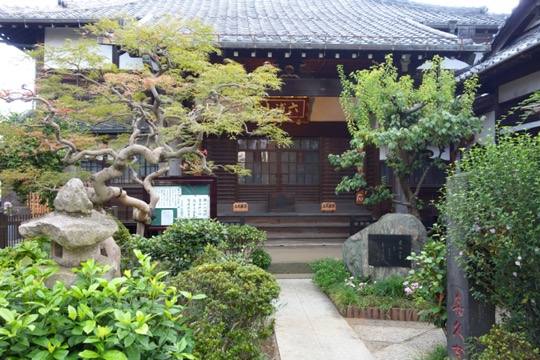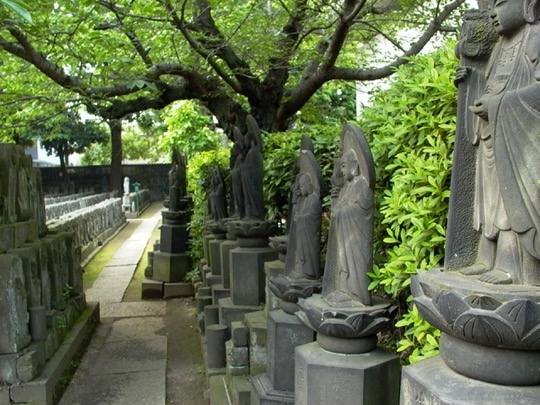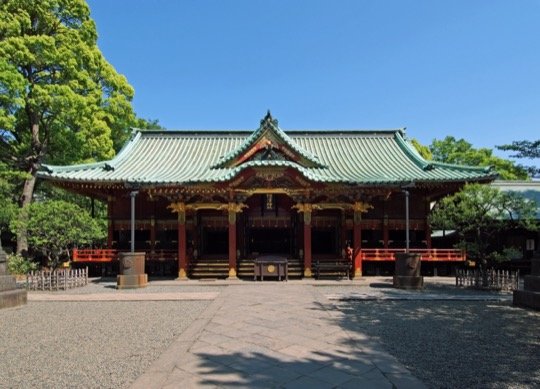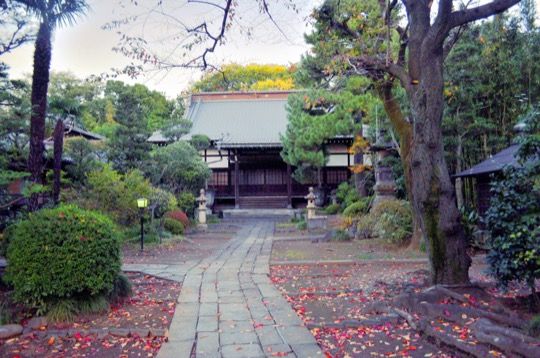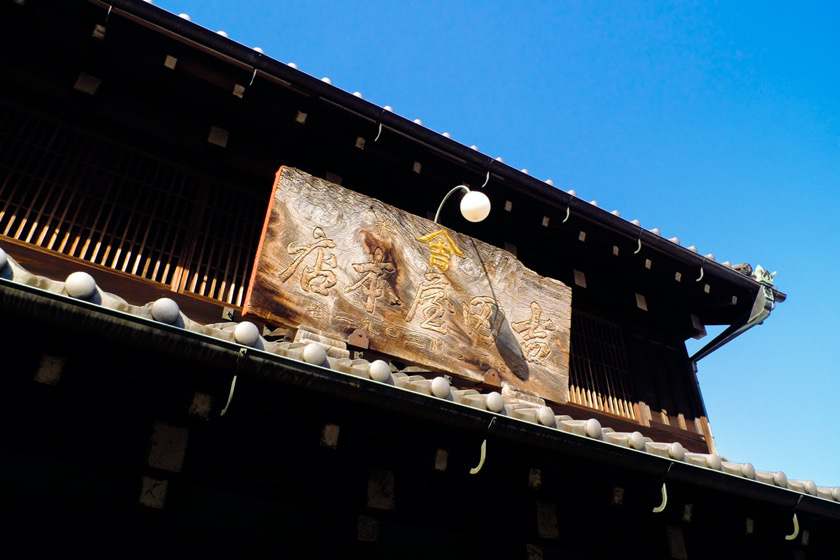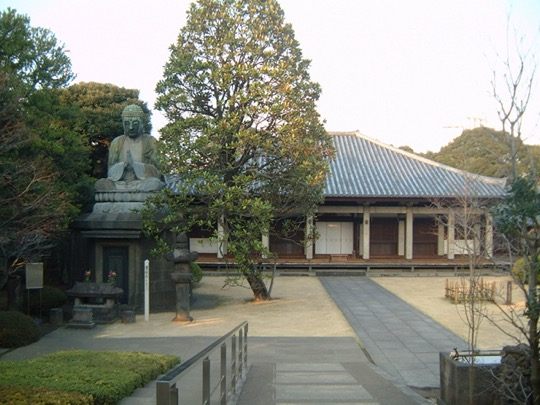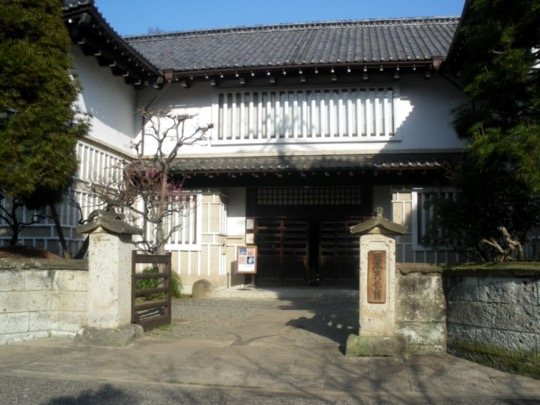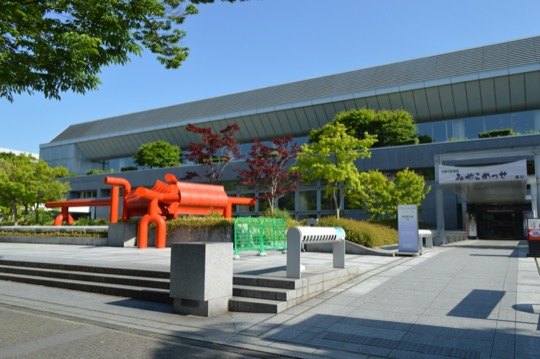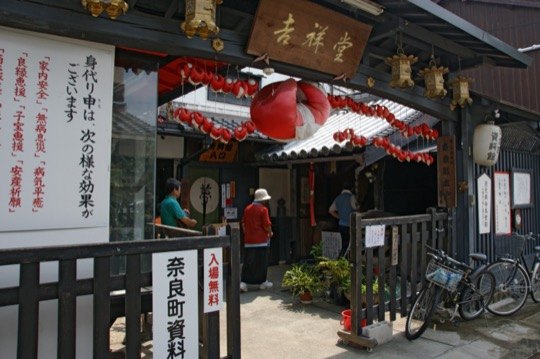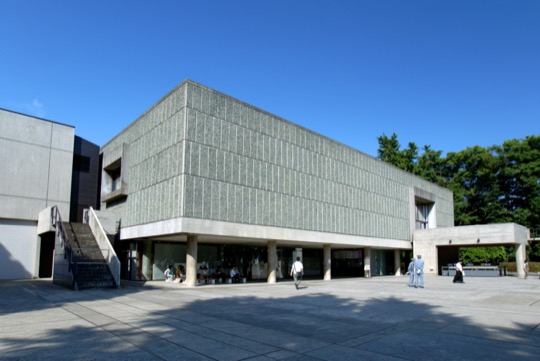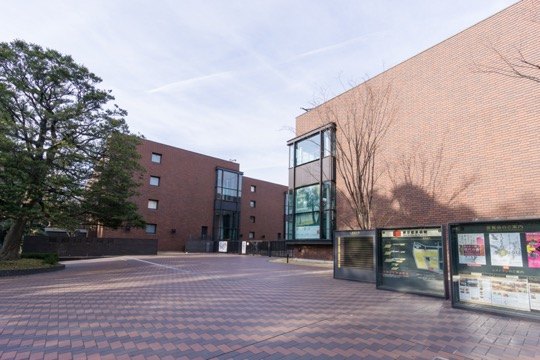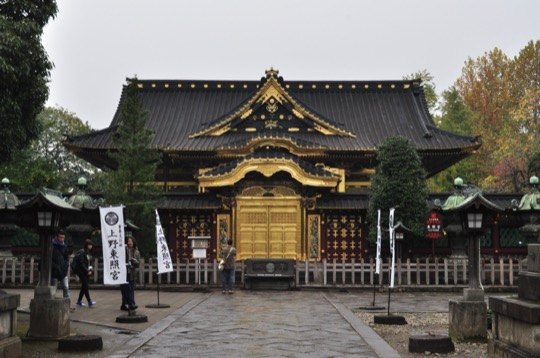Asakura Museum of Sculpture
Modern Japanese Sculpture and the Legacy of Fumio Asakura
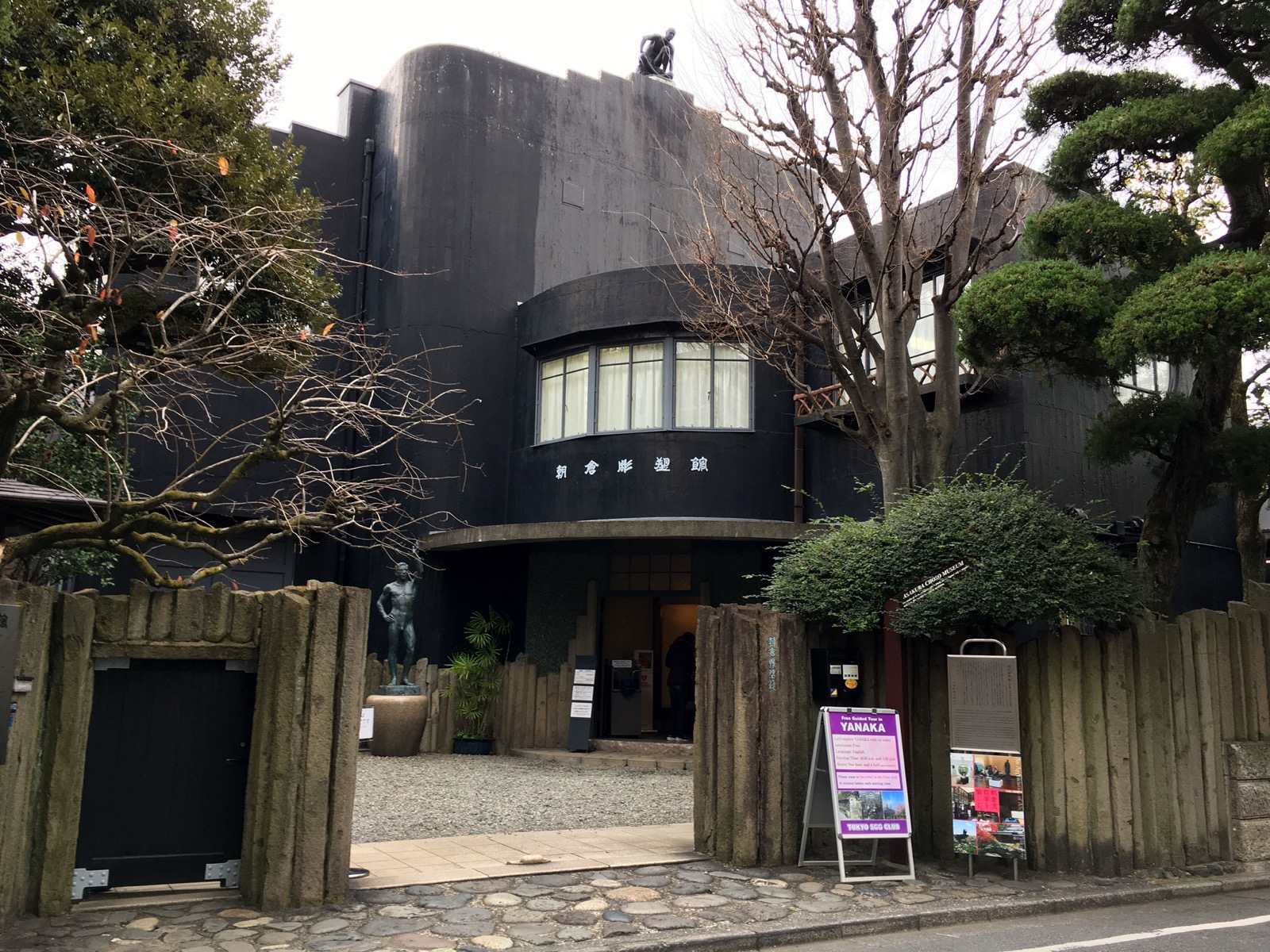
On This Page
The Asakura Museum of Sculpture in Taito, Tokyo, preserves the life and work of Fumio Asakura, a significant figure in modern Japanese sculpture. Visitors can explore the gardens and view a collection of Asakura’s sculptures, ceramics, and personal library in the setting of his former home and studio.
Located in the Yanaka neighborhood of Taito Ward, Tokyo, the Asakura Museum of Sculpture is dedicated to Fumio Asakura’s legacy. Born in Oita Prefecture, Asakura developed his sculpting skills at the Tokyo School of Fine Arts, influenced by French sculptors like Auguste Rodin. His home, which he designed with a mix of Japanese sukiya-style and Western elements, now serves as a museum reflecting his personal aesthetic and philosophy. The building, completed in 1935, served as his residence, studio, and a school for sculptors.
The museum’s architecture combines reinforced concrete for the studio and sukiya-style for the residence. Asakura’s rooftop garden, said to be one of the first in Japan, showcases his belief in the connection between nature and artistry. The gardens, including a courtyard with a pond, provide a seasonal display.
The museum exhibits Asakura’s work, including bronze sculptures such as “Thinker” and “Mother and Child,” along with his collections of hanging scrolls and ceramics. The Sunroom, once an orchid greenhouse, is now “The Cat Room,” a tribute to Asakura’s appreciation for cats. The museum also offers insight into his life, with a study containing personal items and a reception room with his collections.
After Asakura’s death in 1967, his residence was turned into a museum, which was opened by his family in 1970. In 1986, Taito Ward took over its management. The museum was honored with a local landscape award in 2000 and had four buildings registered as cultural properties in 2001. Renovations in 2009 helped preserve Asakura’s legacy.
The Asakura Museum of Sculpture stands as a testament to a pioneering artist and offers an experience where nature and art come together. Its location in Yanaka complements its appeal, reflecting the area’s traditional character and rich history. Visitors can enjoy a connection to the past through the artist’s preserved environment.
Official Links
Getting There the easiest way to reach Asakura Museum of Sculpture
Around Asakura Museum of Sculpture
Nearby in Tokyo the best attractions close to Asakura Museum of Sculpture
Enjuji Temple
A historic temple associated with blessings for leg and foot health since the 17th century.
Kokozan Daienji Temple
Historic sanctuary of Nichiren Buddhism with ties to ukiyo-e and the Sengoku-era.
Rinkoji Temple
Founded 1630 featuring historic cultural assets, including the grave of the notable Confucian scholar Gamo Kimpei.
Yanaka Cemetery
A final resting place amidst Tokyo’s cherry blossoms, home to the legacy of the Tokugawa shoguns
